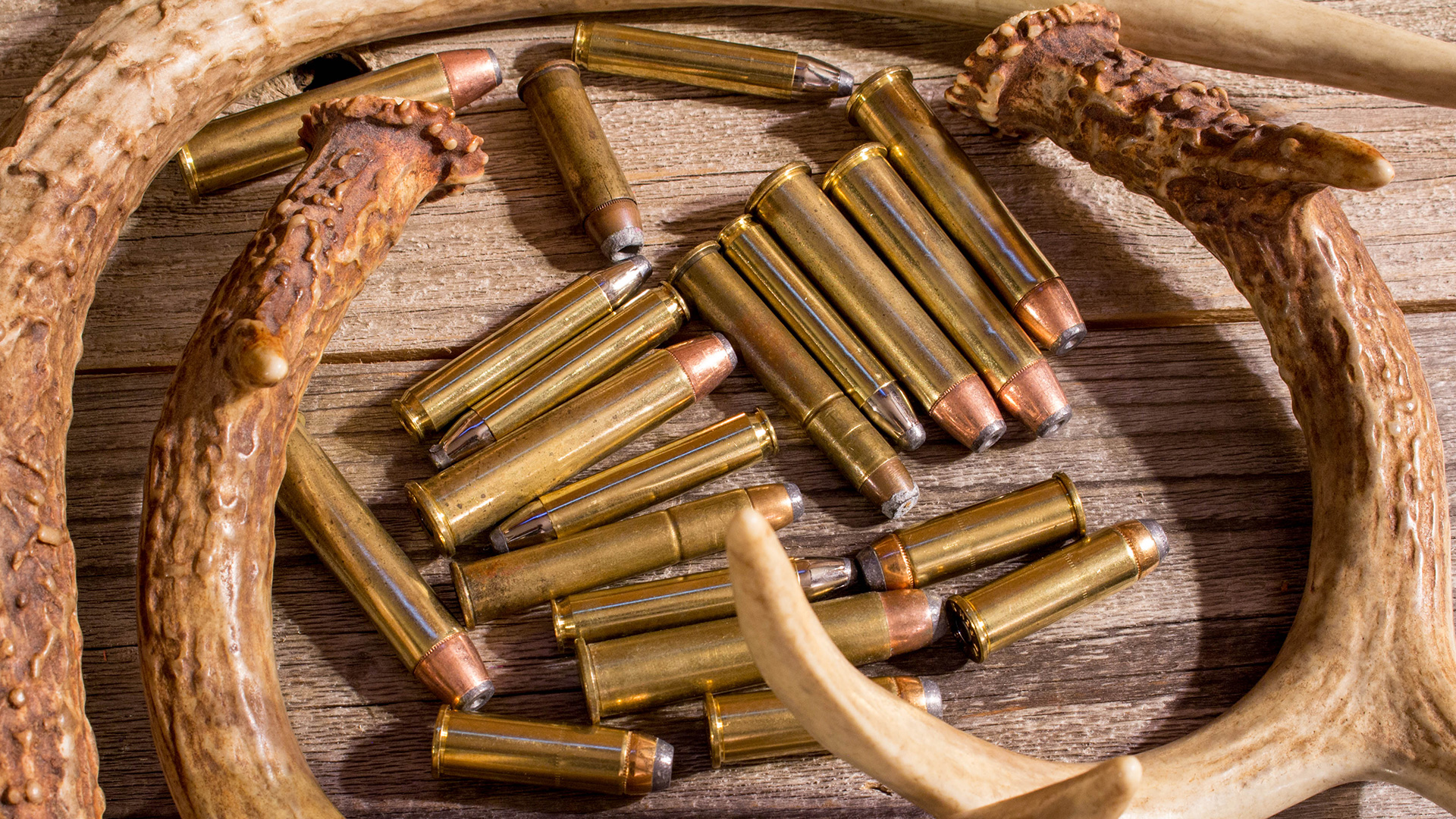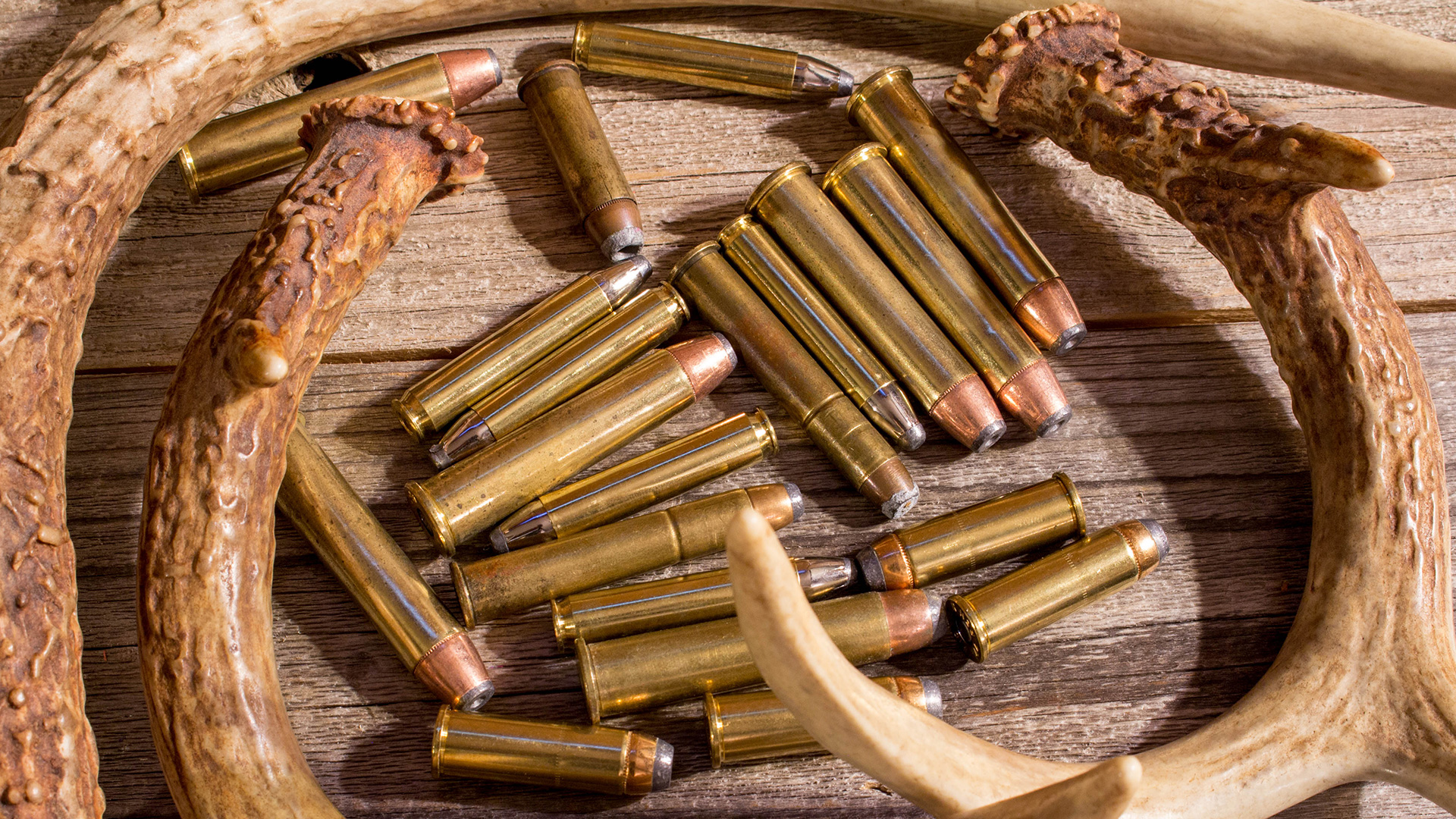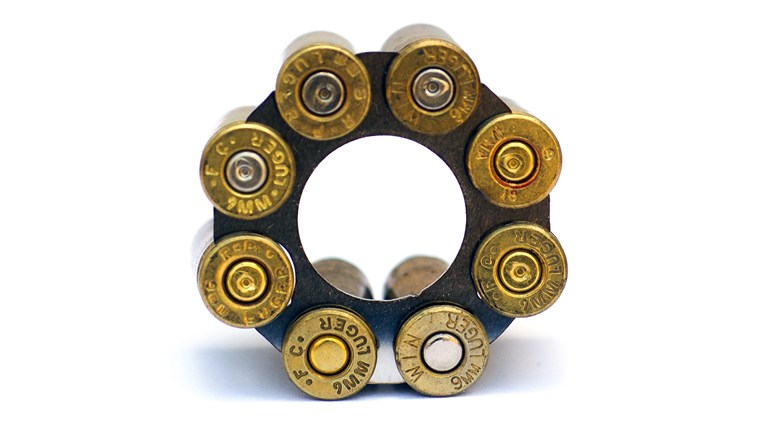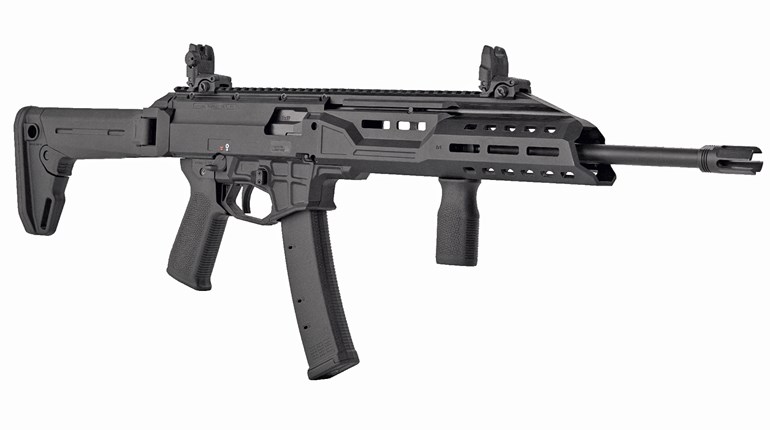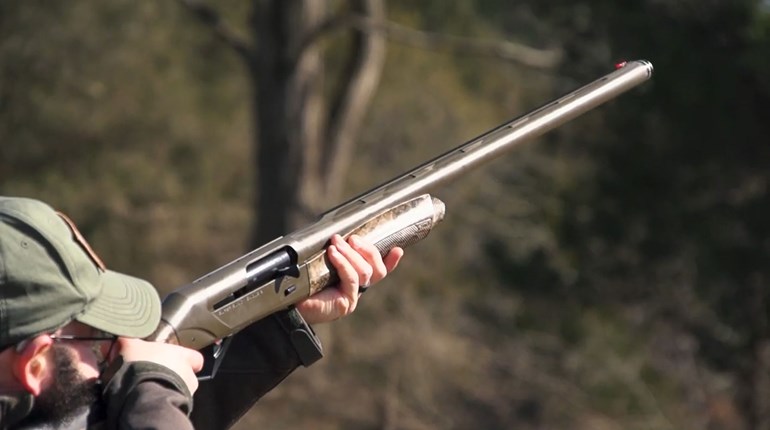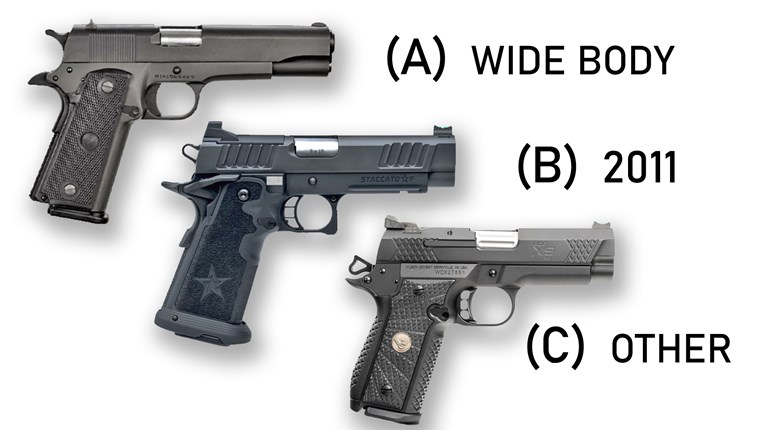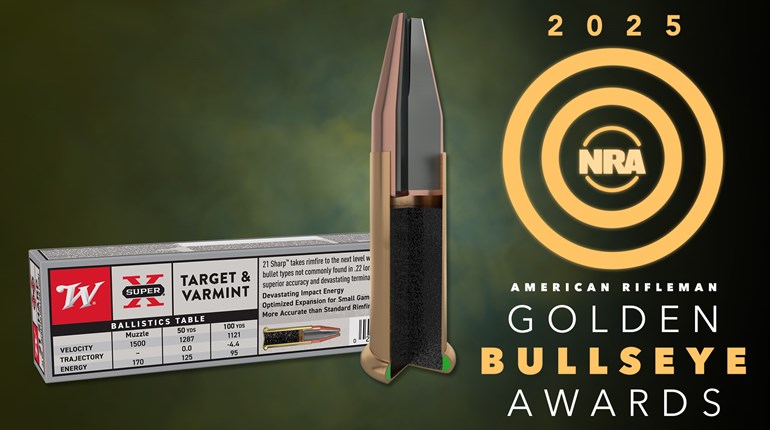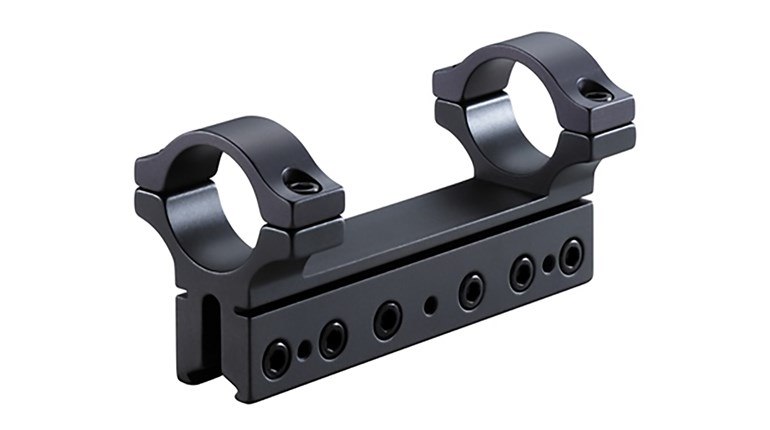
The Myth
Semi-autos produce lower velocities than revolvers or fixed-breech guns because some of the gas is used to cycle the action.
The Facts
For this myth, we'll refer to the NRA Fact Book, aka The BullShooters Bible, because Julian Hatcher and his mathematical-minded cronies are smarter than me.
In a nutshell, The NRA Fact Book reports that semi-autos produce less velocity than fixed breech guns "is true to a very limited extent, the difference is of little importance in practical shooting terms. Determining the magnitude of the effect is not simple, because it is often less than the expected variation of velocity from shot to shot."
It must also be noted that another factor in velocity is the weight of the gun as it relates to its backwards recoil energy upon firing. The recoil of the gun subtracts from the bullet's velocity. Taken to the extremes, an unmovable, fixed-breach gun bolted to a bench allows 100 percent of bullet velocity to be reached, while a gun weighing equal to the projectile would allow 50 percent of bullet velocity to be reached; the other 50 percent would be directed backwards with the gun.See the following table:
Fixed test gun: 950 FPS
Target Pistol (36 ozs.): 948
Light Pistol (30 ozs.): 947
Breechblock Only (6 ozs.): 937
The Surprising Truth
Much more significant, however, is the FPS allowed by revolvers. Revolvers, due to the gap between the cylinder and breech face that allows gas to escape and be wasted, demonstrate a three percent to eight percent loss of velocity compared to a fixed breech barrel of the same make. The type of powder, whether quick burning or slow burning, accounts for most of the (three to eight percent) variance. For example, a 6-inch test barrel using Hercules 2400 powder produced an average velocity of 1147 fps, compared to 1080 fps produced by the same load out of a revolver of the same barrel length. Combine this loss of velocity with the weight of the gun (see table above), and velocities drop further.
The Conclusion
Fixed breach guns maximize their bullet's velocity potential, followed by semi-autos that only allow negligible decreases in potential velocity, followed by revolvers that display three to eight percent loss in velocity, due mainly to the cylinder gap.








